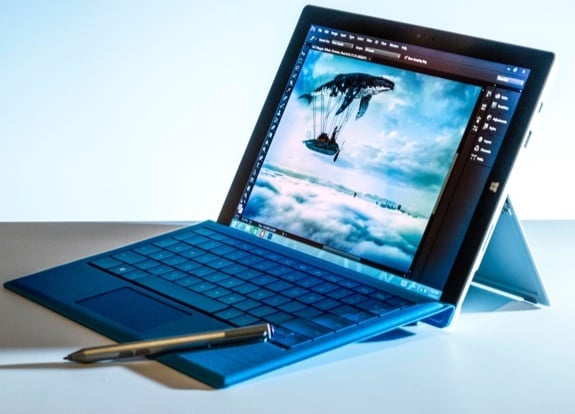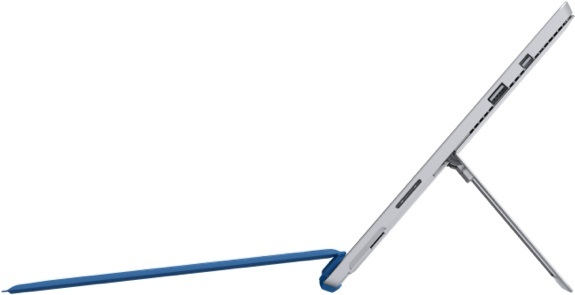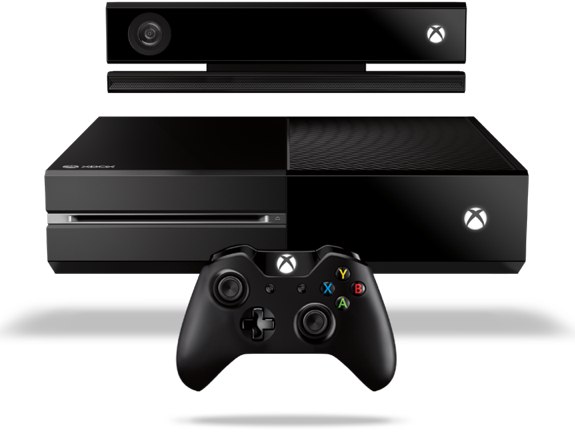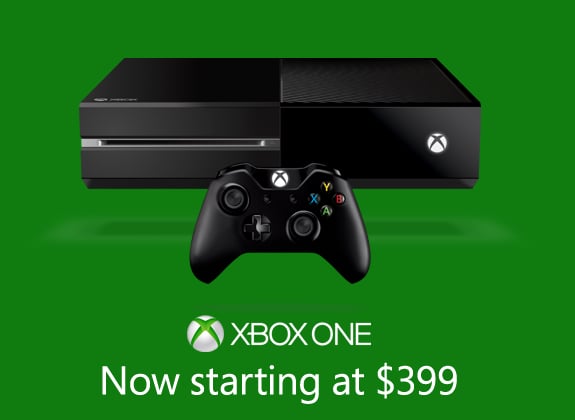Latest Gear Live Videos
Windows getting an all-new Start menu in future release, and here it is

Posted by Andru Edwards Categories: Microsoft, PC / Laptop, Rumors, Software,
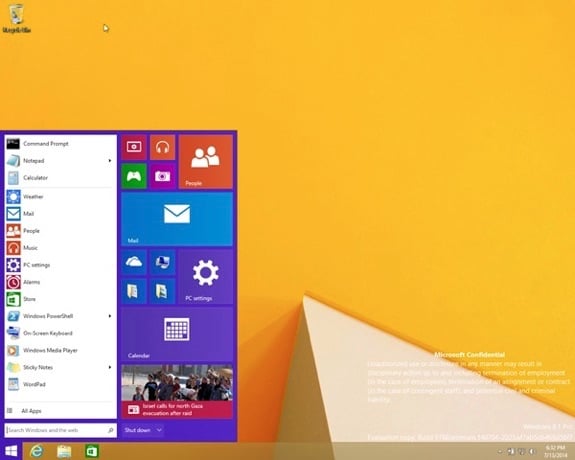
One of the biggest complaints about Windows 8 is the lack of the Start button, but the feature is about to make a return with an overhauled look and feel. In the leaked screenshot above, you see the new Start menu, which incorporates Microsoft's tile design that you'll find it using across its product line in areas like Xbox, Windows Phone, Office, and of course, Windows itself.
As you see in the screenshot, there are tiles embedded into the Start menu for items like People, Mail, PC Settings, Calendar, Xbox, Camera, and more. We'd imagine that you'd be able to rearrange items, pin your favorites, and remove things you'd never use. Bringing back the Start menu could be seen as a big step back, with Microsoft succumbing to users who refuse to embrace change; others may see it as the company finally listening to user feedback and addressing those needs. The Start button is much more usable on a computer that doesn't have a touchscreen than the home screen version of the Start menu. No word on when the change will go public.
What do you think? Have you been waiting for the return of the Start button on the Windows 8 desktop?
Read More  | MyDigitalLife
| MyDigitalLife
Advertisement
Chris Weber interview: The future of device branding for Windows Phone

Posted by Andru Edwards Categories: Smartphones, Corporate News, Features, Handhelds, Microsoft, PC / Laptop, Software,

Chris Weber is the CVP of Mobile Devices Sales at Microsoft, re-joining the company through it's purchase of Nokia, where he was in charge of global sales. He knows his way around every Lumia device, and is now aiming to make sure that Windows Phone first-party hardware is an even player at the devices table. We were able to sit down with Chris to talk about Nokia, Lumia, Windows Phone, and what changes need to be made in order to realize the success he is seeking. Check out the full interview below:
When is Windows Phone 8.1 coming out?
The answer varies by device and operator. The Lumia 630 and 635 are the first 8.1 products, launched internationally. We’re also working with our current products, and any Windows 8 phone is upgradeable to 8.1. There is currently a developer preview, but the operator version requires further testing. 8.1 is a completely different experience. Things like the background wallpaper, increased customization, and especially Cortana, which is one of the best features.
There are key differences between Cortana and similar services on other devices. It proactively learns. The other day I was flying to Moscow. The week before, it asked if it wanted me to track my flight to Moscow. There is a link that says "Do you want to know how I knew that?" Cortana looked at my calendar and started looking up flight numbers. It also has geo-fencing. You can say "Remind me that Ignacio owes me $100." I can say remind me when I send an email, when I arrive home, etc. Or "Remind me to pick up my dry cleaning" and when you get in the area, the message pops up. "Remind me to pick up milk at the grocery store” and you get the choice of having it remind you when you are near any grocery store, not just one specific one.
Back to being on the plane, I said "Remind me to download the music for guitar when I get home." It's really, really good. Flow writing, which is similar to Swype, means I can do emails faster on my phone than on the keyboard now. I got a new phone and it wasn't running 8.1 and the hunt and peck was tough!
Click to continue reading Chris Weber interview: The future of device branding for Windows Phone
Microsoft to integrate Kinect-like motion control into Windows Phone

Posted by Ariel Levin-Waldman Categories: Smartphones, Handhelds, Microsoft, Software, Video Games,

Microsoft has an ambitious new idea to set themselves apart from Android and iOS. They want to install their video game motion sensor technology in an upcoming Windows Phone. Tom Warren of The Verge says that Microsoft insiders have slipped him some elusive information on the new phone.
The goal is to eliminate as many buttons and screen swipes as possible from the new phone. It should be able to answer a call simply by holding it up to your ear and end a call when it is dropped into a pocket. Place it on the table to put it on speaker, wave a hand in front of the screen to dismiss alerts, and push buttons without touching the phone, these are the feats that Warren says the phone will be capable of.
The 3D features, as they are being called, are not unique to Microsoft. Amazon is purportedly going to reveal a similar device June 18th. Eliminating screen smudges is cool, but I am not certain if I would be willing to buy a whole new phone to do it though. Given that the Kinect didn't sell consoles on its own merit, I am skeptical if it will do so in the even more competitive smartphone market.
Still, if the 3D sensor allows me a full size keyboard without taking up any real space, it might just be worth a glance.
Exclusive: I used Microsoft’s Surface watch

Posted by Andru Edwards Categories: Accessories, Wearables, Features, Microsoft, Rumors,
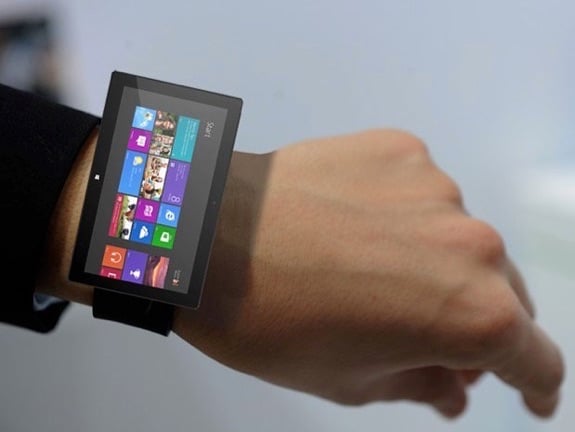
Yes, it’s true—Microsoft is about to get into the smartwatch game, and I got the opportunity to play with it. As we'd previously reported, Microsoft has filed a patent that details a smartwatch. However, often these patent filings aren’t exactly what we see companies end up releasing. So, let’s separate the cruft and get to the meat of the matter. A number of months ago I took a trip to New York where I came across someone who was testing the upcoming Microsoft wearable device. I saw it on their wrist and asked about it. They tried to explain that it was a random fitness wristband ordered from China at first, but eventually (with some prodding) gave me the scoop. Here is your exclusive first look at what Microsoft is planning for its first wearable smart device, what we are referring to as the Surface Watch:
- As far as looks, the image above is a parody, but not far off. It has an elongated form factor, but isn't as comically large as what's in the image. It is much more akin to something like the Fitbit One or Samsung Galaxy Gear Fit in shape rather than taking on the shape of a traditional watch, like Pebble did, or like what Google showed off with Android Wear. What we saw had a flat display, while the inner portion that would rest against your skin was curved.
- The icons are the flat style that Microsoft has been using on its other devices like Windows 8, Windows Phone, and Xbox One. That's what tipped me off in the first place.
- Bluetooth 4.0 Low Energy is how it interacts with the rest of the world
- The flat glass display, and was definitely not high resolution. We hope that both of these change in the final product--a high-resolution curved display already exists on the Samsung Gear Fit, and the Microsoft device just didn't look as good.
- The watch is packed with sensors. It has a heart rate monitor, accelerometer, gyroscope, GPS, and most interestingly, a galvanic skin response sensor all built-in. The galvanic skin response sensor is built into the watch band, while everything else is built into the unit itself.
Click to continue reading Exclusive: I used Microsoft’s Surface watch
Microsoft Surface Pro 3 pricing comes with a $129 caveat

Posted by Andru Edwards Categories: Accessories, Handhelds, Microsoft, PC / Laptop,
Microsoft announced the Surface Pro 3 this morning, and noted that the device would be priced starting at $799. Of course, with multiple configurations and processors available, you're probably wondering what pricing across the entire Surface Pro 3 line might look like. Well, we've got the answer:
- Intel Core i3, 64GB SSD, 4GB RAM: $799
- Intel Core i5, 128GB SSD, 4GB RAM: $999
- Intel Core i5, 256GB SSD, 8GB RAM: $1299
- Intel Core i7, 512GB SSD, 8GB RAM: $1,549
- Intel Core i7, 512GB SSD, 8GB RAM: $1,949
Here's the kicker, though. Microsoft has positioned the Surface Pro 3 as the tablet that can replace your laptop. Well, in order to do that, you need a keyboard. The Surface Pro 3 Type Cover keyboard costs a ridiculous $129.99. So, in other words, that $799 entry-level Surface Pro 3 price jumps to $929 with keyboard. Extra Surface Pens cost $49.99 as well, so, you'll want to not lose the one that comes with the device.
You can pre-order the Surface Pro 3 now. Who's buying one?
At $929 with keyboard, the Surface Pro 3 better be a laptop replacement

Posted by Andru Edwards Categories: Microsoft, PC / Laptop,
On the point that Microsoft tried to hammer home during today's Surface Pro 3 event, that it could replace your laptop:
At $929 with a keyboard it darn well better. At that price you get 4 GB of RAM, 64 GB of storage and an i3 processor. The $899 11-inch MacBook Air is a 4 GB / 128 GB / i5 configuration. The Surface 3 has a better screen, but Apple’s base offering is faster, has more storage and is $30 cheaper.
As usual, great point made by John Moltz.
Microsoft Surface Pro 3: 12” display, $799, hopes to replace your laptop

Posted by Andru Edwards Categories: Corporate News, Handhelds, Microsoft, PC / Laptop,
Microsoft has officially the new Surface Pro 3 during a press event in New York City this morning, just under 7 months after releasing the Surface Pro 2. While the Surface Pro 3 may look similar at first glance, what with the kickstand and all, Surface chief Panos Panay went out of his way to make the point that this device is all about solving the problem of deciding between a laptop and a tablet. The Surface Pro 3, after all, can replace your laptop, claimed Panay.
So what makes the new model so impressive? Let's take a look at a rundown of features. First, Microsoft has increased the display size to 12-inches at a 3:2 aspect ratio and 2,160 x 1,440 resolution. That is the largest Surface display yet, with the highest density to boot. Despite being larger, it's also lighter than the Surface Pro 2 as well, weighing in at 800 grams. Panay made the point by comparing the weight of the Surface Pro 3 against the 11-inch MacBook Air, which has a smaller display without as high a screen resolution.
Click to continue reading Microsoft Surface Pro 3: 12” display, $799, hopes to replace your laptop
Why Microsoft unbundling Kinect is a broken promise to all Xbox One owners
As we mentioned earlier, Microsoft has decided to do an about-face, now offering the Xbox One without Kinect for $399. The move continues Microsoft's seemingly cowardly backtracking trend that it's been doing with the Xbox One for about a year now. While many see this simply as a price drop and a way to get the Xbox One without an accessory that they may now want, for all intents and purposes, this kills Kinect dead. Right where it stands.
Allow me to explain. When the original Kinect launched for the Xbox 360, there was a lot of hype and excitement surrounding its release. For the first time, you could use your body as the controller for a new type of gaming experience. It was cool, and about as novel as the original Wii. It was a toy and a gimmick, and soon many folks stopped playing Kinect games, and none really took off at retail. However, Microsoft was getting good data and feedback for what we realized the "real" Kinect would be. The one that launched with the next Microsoft console.
Click to continue reading Why Microsoft unbundling Kinect is a broken promise to all Xbox One owners
Microsoft slashes price of Xbox One to $399 without Kinect

Posted by Andru Edwards Categories: Corporate News, Hot Deals, Microsoft, Video Games,
Microsoft surprised the gaming world this morning with the announcement it will sell the Xbox One without Kinect for $399 starting on June 9th in the U.S. This brings the price of the Xbox 360 in line with that of the PlayStation 4, which should bring the two consoles into even more heated competition.
An odd move (though some might say it was expected in order to compete,) since the company wouldn't stop talking about how essential Kinect is to the Xbox One functionality and gaming direction less than a year ago. I guess Microsoft has been feeling the heat if the PlayStation 4 sales, and had to adjust that strategy right quick.
You can pre-order the Xbox One without Kinect now.
Microsoft files its own smart watch patent

Posted by Ariel Levin-Waldman Categories: Wearables, Corporate News, Microsoft,
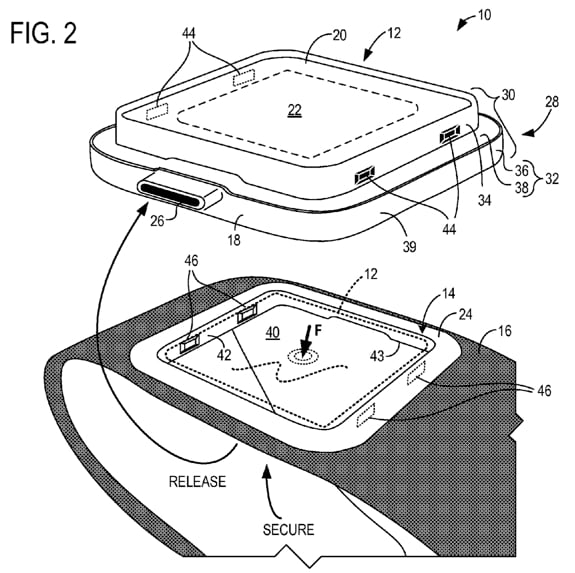
With the smartphone being a huge success, companies like Samsung and Sony got the idea to make it smaller and wrist mounted, creating the Galaxy Gear and Sony Smartwatch lines respectively. Now Microsoft has decided to muscle into the game, registering its patents with the U.S. Government this week.
The application filed with the patent office describes the wearable as a music player, phone, message device, and fitness measuring device. The watchface would be detachable from the wristband so that it can be connected to a charging port.
The features described are still speculation, and no date has been stated for release. Microsoft is up against competition from Samsung, who released their product last year, Motorola, which plans to release the Moto 360 in July, and Pebble, which has already sold over 400,000 units.
Advertisement
© Gear Live Inc. {year} – User-posted content, unless source is quoted, is licensed under a Creative Commons Public Domain License. Gear Live graphics, logos, designs, page headers, button icons, videos, articles, blogs, forums, scripts and other service names are the trademarks of Gear Live Inc.


